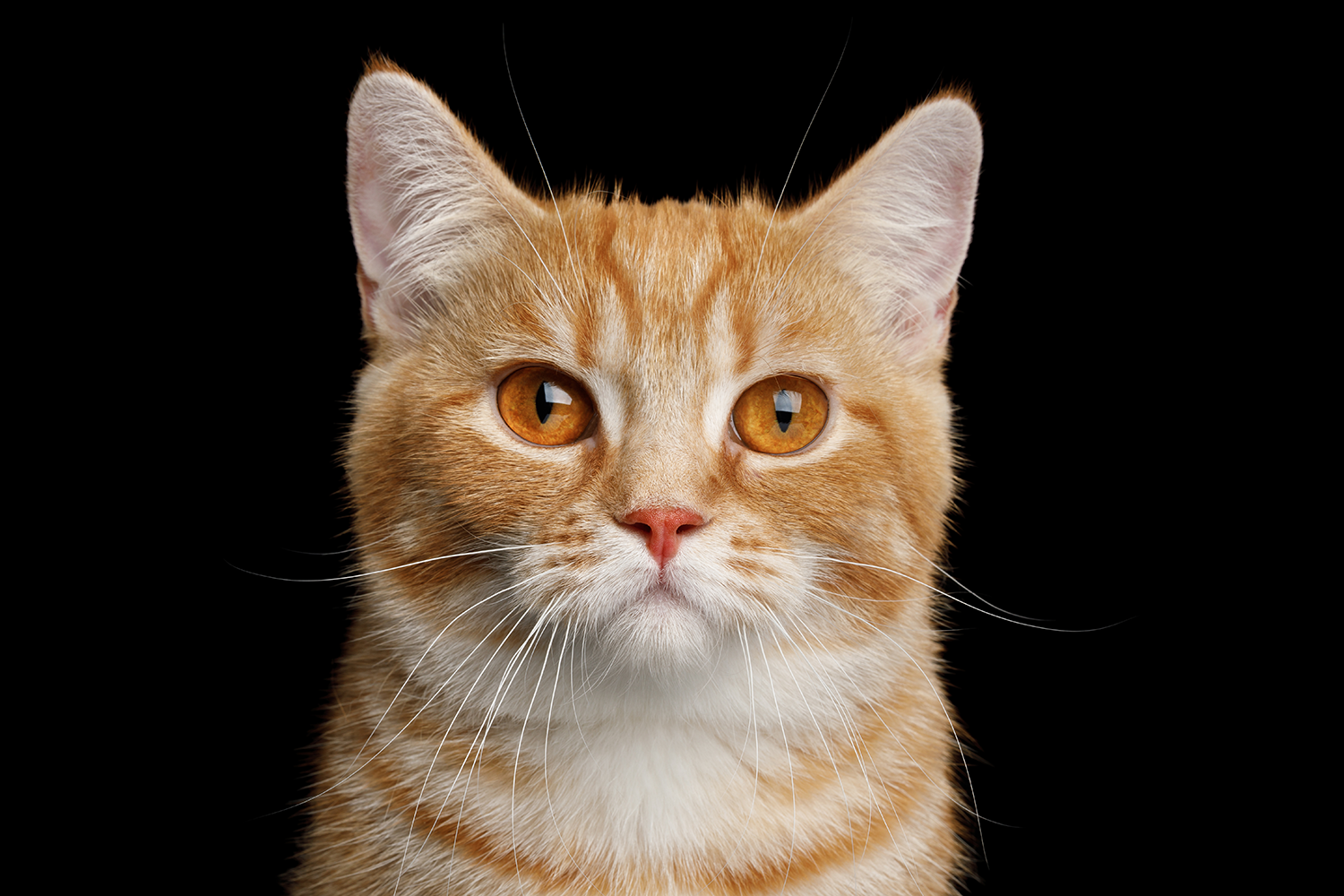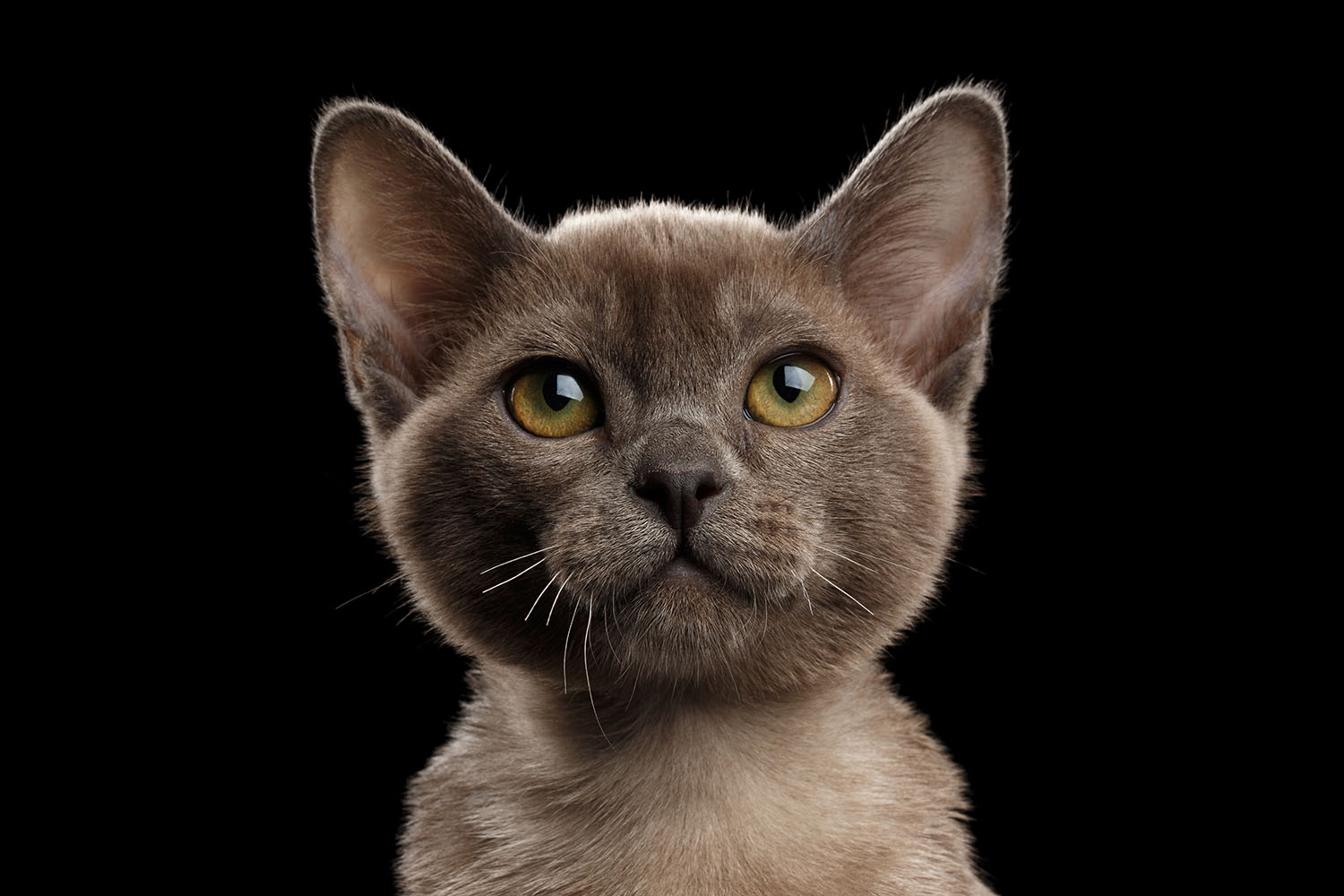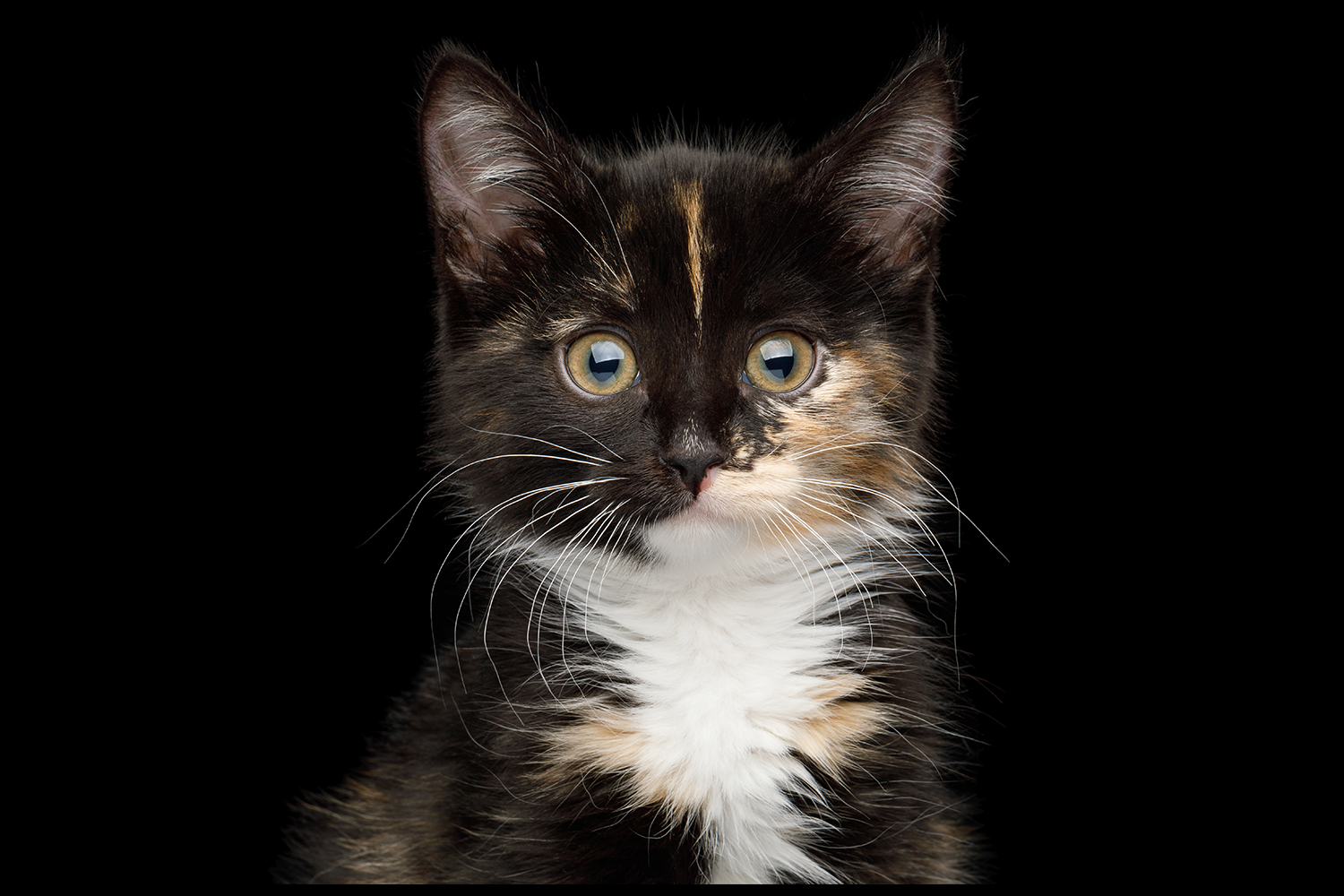You might have heard cat parvo being talked about in the media lately. A lot of what I heard seemed designed to scare rather than inform.
So let's change that.
What is cat parvo?
Cat parvo (otherwise known as panleukopaenia) is caused by feline parvovirus. It's a small, single-stranded DNA virus (in case you're into virology and want to know how it replicates).
Parvovirus is extremely contagious. Once it enters the host, it infects cells that are rapidly dividing (eg gut cells, bone marrow cells, fetal cells, neonatal nerve and eye cells). It's also a very hardy virus. It can live happily in contaminated environments for years and withstand heat/cold and most disinfectants (only bleach is effective).
Yes, that makes for a scary news story, but 'spoiler alert' – routine vaccination provides excellent protection. So breathe a sigh of relief and read on.
Is cat parvo the same as dog parvo?
Probably not. Both dogs and cats have their own types of parvovirus and as a general rule, viruses are usually species specific.
The books say that some strains of canine parvovirus can infect cats. But it's likely that cats in Australia with parvo truly have the cat version.
Just so you know, you can't catch parvo from your dog or cat – although us humans have our own parvovirus, which is commonly known as slapped cheek or fifth disease.
What are the signs of cat parvo?
Cat parvo signs are usually only seen in young, unvaccinated (or incompletely vaccinated) cats between 2–6 months of age. Unvaccinated adult cats may be infected but they tend not to show signs (but they can spread the disease).
Remember, the virus infects rapidly dividing cells. Most of the signs relate to infection of rapidly dividing small intestinal cells, where the virus destroys the gut lining.
The signs are sudden in onset and include:
- depression (mild to severe)
- vomiting
- diarrhoea
- anorexia
- mild fever (then temperature goes below normal as disease progresses)
- abdominal pain
- ropey feeling intestines
- dehydration
The bone marrow can also be affected leading to low red cell and white cell counts. Without enough white cells, the body is at risk of further infection. A low white cell count is a key feature of this disease compared to other gut infections. It's also why cat parvo has the alternative name of panleukopaenia: pan means all, leuko refers to white cells and paenia means too few.
Kittens infected before they're born or soon after birth may appear very uncoordinated due to the virus attacking rapidly developing brain cells. This is a condition called cerebellar hypoplasia and is lifelong. These kittens may also be blind as eye cells are also rapidly dividing at this age.
How is cat parvo treated?
As parvo is a viral disease, treatment is largely supportive until the kitten can make antibodies against the virus.
We need to ensure adequate hydration and electrolyte balance (via oral fluids if able to hold them down or IV fluids). It's also important that the kitten gets enough nutrients to be able to have the energy to fight the infection.
In some very serious cases where the white cell counts are very low, we may need to give a blood transfusion.
Antibiotics may be needed to treat secondary bacterial infections.
How is cat parvo prevented?
The core vaccine for cats (called an F3) provides good protection against cat parvo.
It's important that your kitten has the full kitten course of vaccinations. Here's why...
When your kitten was born, her immune system was completely naive and she was at risk of infection. Fortunately, the first milk her mum produced (colostrum) was full of antibodies. When your kitten drank that milk she absorbed those antibodies from her intestines into her bloodstream. She relies on her mum's antibodies until she makes her own. Essentially, she has 'borrowed' immunity from her mum.
Mum's antibodies last for weeks to months – how long they last in your kitten depends on things like which number she was in the birth order, how well she nursed, the quality of her mum's immune system. The antibodies to different diseases wear off at different times.
We don't know when the antibodies against parvo will wear off in any individual kitten. But we do know that by 14–16 weeks all of mum's antibodies are gone from your kitten and she'll need to rely on her own immune system.
While mum's antibodies are active within your kitten, they work against both true infection and vaccines (which look like infection to the immune system but don't cause disease). Basically, vaccines can't stimulate your kitten's immune system to make her own antibodies until her mum's antibodies have dropped to a low enough level.
We could wait until 16 weeks, when all mum's antibodies have gone, before we vaccinate. But this could leave your kitten vulnerable if her mum's antibodies had waned earlier. Diseases like parvo can strike early.
So what we do instead is give a series of vaccinations (usually 3 given every 2–4 weeks) to cover your kitten during the period of vulnerability when mum's antibody levels are dropping.
Note: If you've had a kitten with parvo, you need to make sure any new cats coming into the house have been vaccinated before they arrive because the virus can live in the environment for years and years.
If you want more information...





